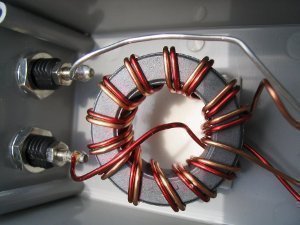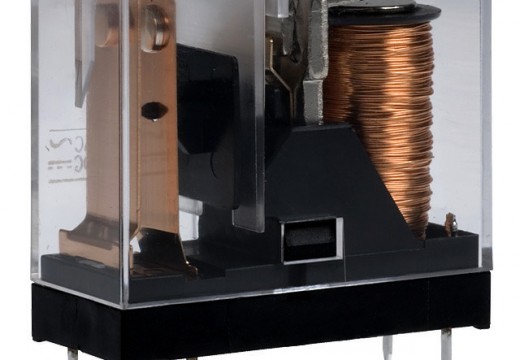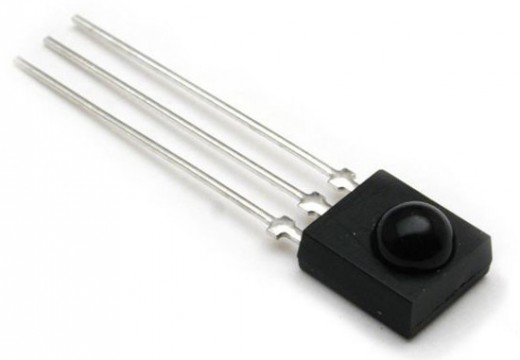A balun is an electrical transformer that is used to convert electrical signals to and from balanced and unbalanced signals. They are normally used to connect lines that have different levels of impedance and are commonly used in the home for connecting HD and traditional antennas. Baluns are also used throughout industry, although it is not necessarily obvious when one is being used.
What are the Types of Baluns?
Autotransformer Balun – The autotransformer balun uses two coils that are placed tightly together on a ferrite rod. They are then joined and become a single coil, with the end of each side of the coil being connected. The remaining end is then connected to the ungrounded side of the unbalanced circuit and the grounded side of the balanced circuit. The opposite end of the balanced circuit is connected to the Balun.
Line Transformer Balun – Baluns are also used as a simple form of a transmission line transformer. They commonly use a small ferrite core in a toroidal or binocular shape that often only consist of 10 turns of a coaxial cable that is smaller than the size of a dinner plate. They are used for 10 MHz to 30 MHz (or more) frequencies.
Isolated Transformer Balun – These are used because they have true or real impedance at a resonance frequency. This is due to each winding’s self-capacitance and self-inductance canceling out each other.
Delay Line Type Balun – This type of balun is used to connect transmission lines of pre-defined lengths without an obvious transformer part and are built for narrow frequency ranges. These are typically used to connect coaxial cable to a balanced antenna.
Balun Applications
A balun’s primary function is to try to get disparate systems to be compatible. They are used extensively in modern day telecommunications to connect data transmission networks, for cellular phone applications, satellites, transmitters, radars, and antenna connections.
How to Build an HD Balun Antenna
Baluns are also used to make HDTV antennas. The following are steps on how to construct a basic HDTV antenna that uses Balun.
Materials Needed:
15 feet of copper house wire
2 sheets of metal grill, 15 x 9
22-inch 2×3 board
18 Phillips-head screws
18 small washers to match the screws
1 Balun
1/4-inch drill bit
Wire cutters
Pliers
How to Make an HDTV Antenna with a Balun
Step 1 – Mark off two inches from the end of a 2′ x 3′, 22 inch board and drill two holes one inch apart at this location. Make sure that there is a ½ inch gap on each side of these holes. These drill holes should be offset by 5 ¼ inches. There should be 8 holes drilled in total.
Step 2 – Use a ¼ inch drill bit to drill the eight holes into the board.
Step 3 – Cut eight 14 inch sections of copper wire and run each set of wire into the individual holes. There should be 7 inches of wire on each side of the board.
Step 4 – Bend each copper wire into a V shape until there is a 3 inch gap between each side of the wire.
Step 5 – Attach each wire to the board with a Phillips-head screwdriver and screws.
Step 6 – Attach each of the two connection wires down the board in between the wires. One connection wire should be tied to each antenna wire at the top of the board, then run in a zigzag fashion, and then tied on the last antenna cable at the bottom of the board.
Step 7 – Affix the reflectors to the rear of the board using the screwdriver and eight screws with washers. The screws should be attached at the end of each antenna wire through the reflectors’ open grill section.
Step 8 – Affix the Balun to the center sections of the connector wire that is near the center of the board.
Step 9 – Connect the Balun to a coaxial cable to run to the HDTV to complete building the antenna.




Follow Us!